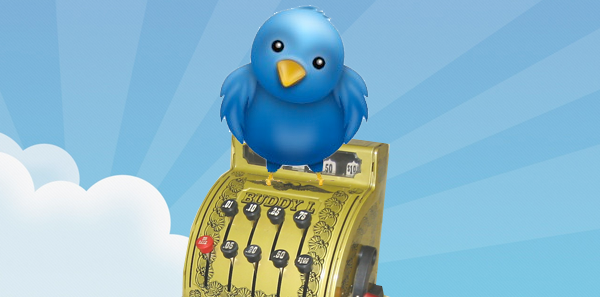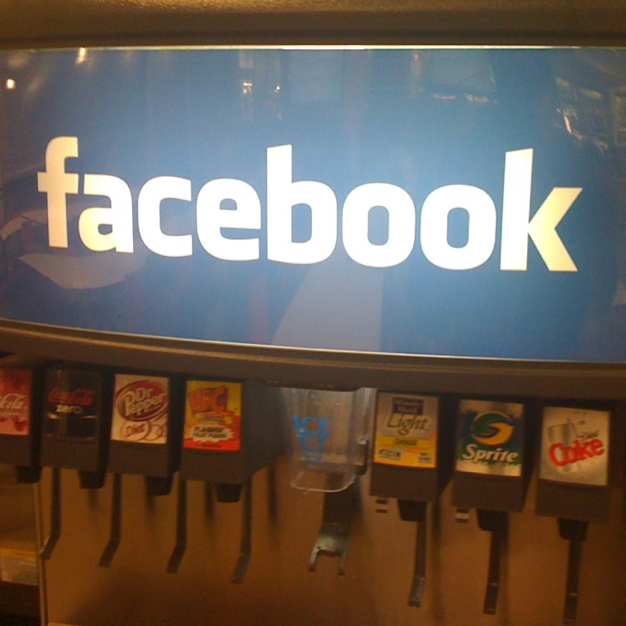Sure Twitter has for some time now been a big name in social marketing, and many marketers already see it as the best option, but the company has not been as quick to give marketers a wide variety of advertising tools as Facebook has been. However, the company has just recently announced some new tools for Twitter advertisers that will relieve them from the past slowness of Twitter’s advertising innovation. The company has of course provided marketers with some tools in the past that have been quite useful, but now the company may be taking things up a notch. In a blog post on Wednesday, the company informs the online public of their new Twitter Ads API.
The company writes in their post that their main advertising goal from the beginning has been not to deliver more ads to users, but rather better and more effective ads. Therefore, the company is releasing their new API which will allow a new group of partner companies to integrate their services with Twitter ads easily. Hopefully, this API will allow advertisers a more vast set of options for their Twitter marketing efforts.
Here is one of the more informational parts of the company’s blog post announcement,
What this means is that as marketers, you’ll soon have the ability to work with our initial set of Ads API partners to manage Twitter Ad campaigns — and integrate them into your existing cross-channel advertising strategies. Equally important, users will continue to see the most relevant Promoted Tweets from advertisers. With the Ads API, marketers now have more tools in their arsenal to help them deliver the right message, to the right audience, on the desktop and on mobile devices — all at scale.
The company has been testing their new API with a new set of partners since January of this year, and seeing success, they are releasing it to the public now. At the same time, Twitter has announced five of their new API partners, and they are companies which one would absolutely expect to be on board. The new partners include Adobe, HootSuite, Salesforce, SHIFT, as well as TBG Digital. The company reports that they chose these partners because their individual offerings meet the “more pressing needs of marketers.”
This is just the start of our efforts that will give advertisers more choice — and for our partners who are ad tool providers, the Ads API represents a new way for their expertise to meet the needs of their clients.
It seems that along with this new API, Twitter has more big plans for the future of its advertising platform. With this new API though, marketers will have plenty of options for advertising with the social site, and better ways to reach the over 200 million active users on Twitter. Interest in Twitter as a marketing source has grown rapidly in recent months, and it is safe to say that these new advertising options will be a great way to keep that growth in interest on an upward slope.



















